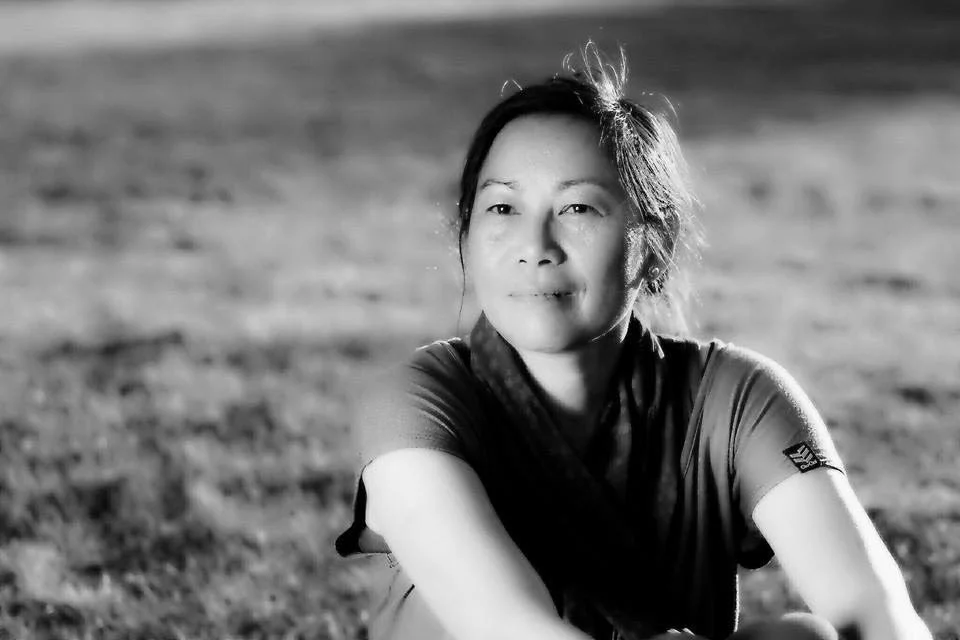I got into street photography as a passion after long days of work. I started exploring it in 2016, and I’ve found that street photography allows me to tell daily stories through images, capturing people with my vision and emotions. It’s about seeing each character through my lens and presenting them in a carefully chosen frame. I don’t focus too much on the technical side of my Fujifilm camera; instead, I focus intensely on discovering something unique or even unsettling in each person’s character to convey a story.
Street photography brings me joy by letting me capture fleeting moments that reveal something about the people in my images. Over time, I’ve learned a lot by studying photo books and award-winning photography. I take time to appreciate each photo from other photographers, often wondering, "How did they capture this? What made them choose this specific moment?" Through this reflection, I realized that every photographer has their own way of seeing and capturing street life, and I respect their individual approaches. I’ve adopted bits of their skills into my work, but instead of copying, I’ve built my own unique style.
In the end, my goal is to create street life photography that brings what I see to your soul.
My talent in street photography has been recognized and featured in several publications and exhibitions. My work captures the essence of urban life and has found its place in notable books and projects dedicated to the art of street photography.
In 2023, my photography was included in Urban Unveils the City and Its Secrets – Volume 08, a project by the Urban Photo Awards in Italy, which highlights the hidden sides of urban landscapes.
In 2017, I was featured in Soul of Street – Volume 12, published by Photography & Philosophy Magazine in Germany, showcasing street photography that resonates with human stories and philosophical insights. That same year, my work was included in Street Photography in the World – Volume 1, a collection from Italy celebrating street photography from across the globe.
Back in 2016, I contributed to Street Photography from Around the Globe in collaboration with the We Street collective, a project dedicated to street photographers worldwide.
Additionally, in 2016, I had the opportunity to exhibit my work in Bucharest, Romania, where my photographs were displayed as part of a curated exhibition.
Awarded Photographer of the Week - Week 46